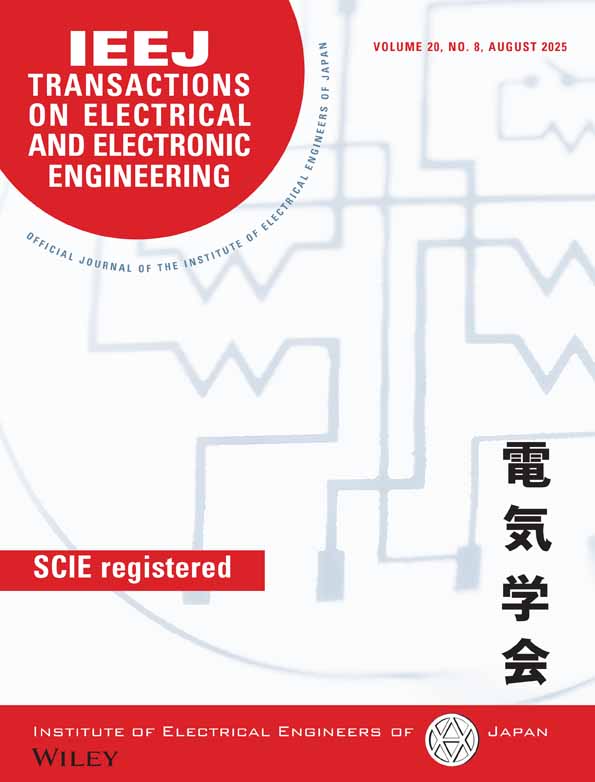Recognition of Basic Human Tastes Using EEG Signals
This research was presented at the ICEBA 2024 International Conference (The 5th International Conference on Engineering, Physics, MEMs-Biosensors, and Applications), co-organized by VNUHCM-University of Science, Tohoku University, and Mien Tay Construction University.
Abstract
Decoding fundamental human tastes using EEG signals involves examining the brain's electrical activity to better understand how it responds to various flavors, including sweet, sour, salty, and bitter. This method uses electroencephalography (EEG) to capture and understand neural processes relevant to taste perception, revealing how the brain stores sensory information. Understanding the neurological foundation of taste can help medical professionals diagnose and treat taste-related abnormalities caused by aging, trauma, or illnesses like COVID-19, Parkinson's disease, and Alzheimer's disease. This information may enhance product development in the industrial sector, particularly in the food and beverage industry, by tailoring goods to better meet customer preferences based on a deeper understanding of taste reactions. In scientific studies, deciphering brain signals associated with taste experiences is critical for neuroscience research, as it improves our understanding of how the brain processes information. The paper's originality stems from its multidisciplinary approach. It integrates information and methodologies from several domains, including neuroscience, biotechnology, and machine learning, to provide a novel way to decipher brain processes. Deep learning techniques and artificial intelligence are being used to decipher complicated patterns in EEG data, paving the way for practical applications such as automated and customizable taste perception assessment devices. © 2025 Institute of Electrical Engineers of Japan and Wiley Periodicals LLC.




